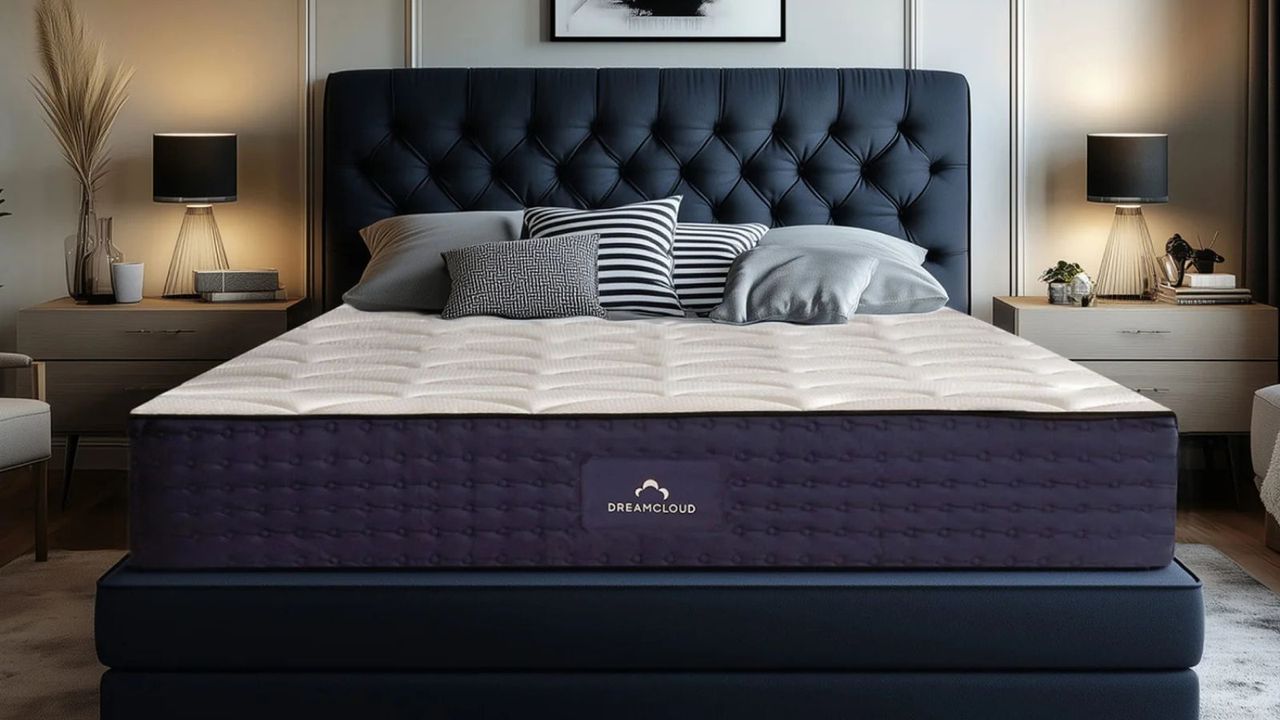
As Sleep Editor at Homes & Gardens, I spend much of my job, as my parents fondly say, 'sleeping on the job', but as I tell them, testing mattresses actually requires the three Es: expertise, experience and effort. Here's how I, and my team of sleep experts (you can meet them below), do it.
Every month, I revisit our list of the best mattresses and check that there's a balanced offering of mattress types to suit every kind of sleeper. Then, I check the most trusted mattress brands, including Saatva, Helix and Tempur-Pedic, and our favorite stores, such as Wayfair, for new models that we could add or swap into that list.
I then get these mattresses sent to one of our expert testers, who assesses each mattress against the same criteria: comfort; support; breathability; and cooling properties; motion isolation; edge support; and weight bearing capacity. We also factor in the practicalities, such as sleep trials, warranties, and cost.
I know just how important it is to find a mattress that suits your sleep position, which is why I employ such a wide range of reviewers across the country, each of whom brings their unique sleep needs to every bed they test. We've found the best bed for side sleepers, stomach sleepers, hot sleepers, cold sleepers, and everybody in between.
They test the beds for at least 30 nights awake, asleep, with partners, kids and even their pets. Most of our testers continue to sleep on their mattresses for months, so we will always return to our mattress reviews to tweak them or remove them if the bed doesn't stand up to the test of time.
Below, I go into greater detail about how we test mattresses.
Comfort
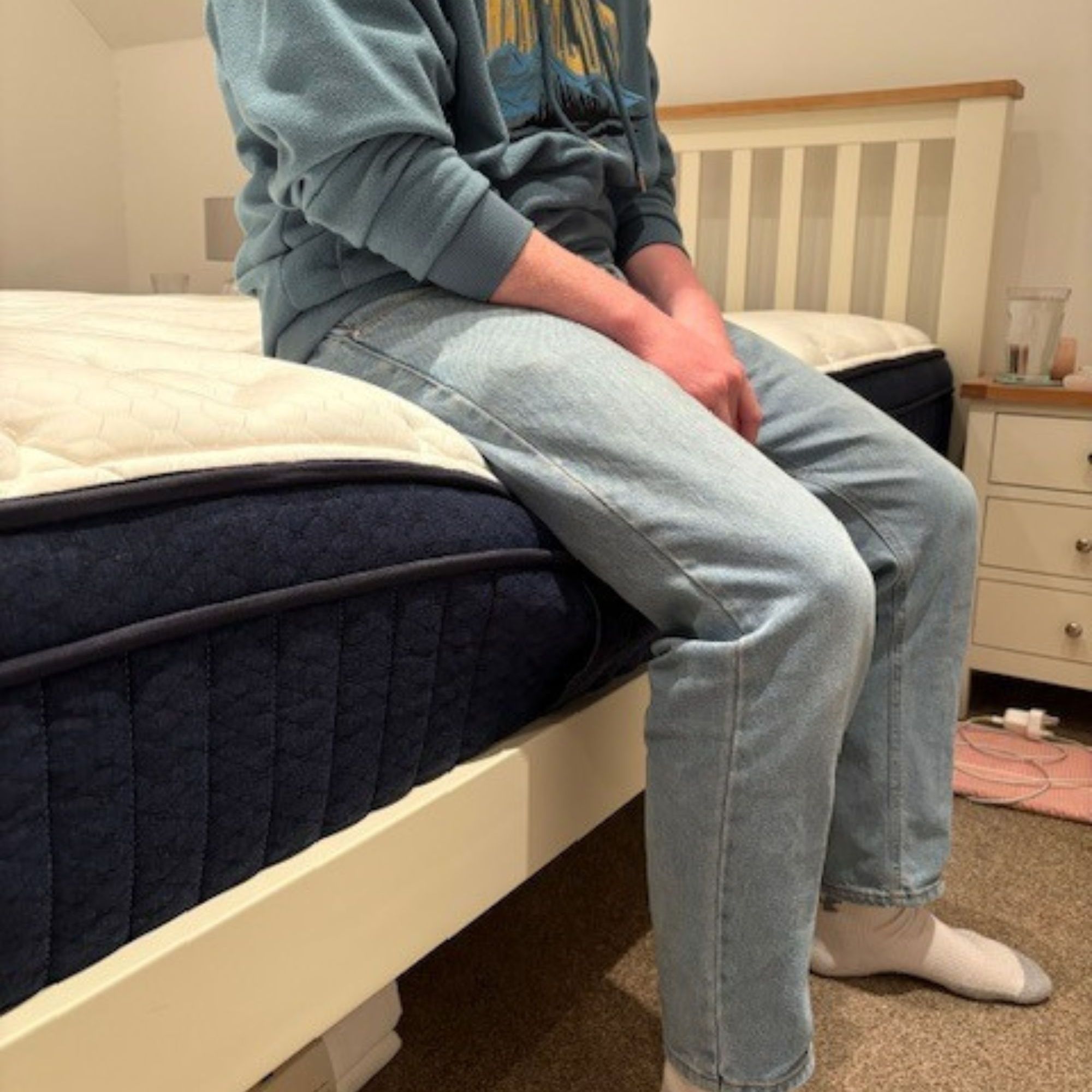
Comfort is the first, and most important, test for any mattress. As I said above, it's vital to match a mattress firmness to a reviewer's sleep position – there's little point in me sending a soft mattress to a stomach sleeper or a firm mattress to a side sleeper. Equally, there's also no point in me sending a cozy mattress to a hot sleeper.
So, to ensure the comfort of a mattress is fairly rated, I carefully ensure that these factors are taken into account when I choose the specific reviewer for each individual mattress. This also allows my mattress review team to sleep on different mattresses with fairly consistent firmness and thermo-regulation levels, which helps them more easily compare like-for-like, too.
Our process is simple: when awake, we lie on each mattress and see how we feel, particularly noting any pressure points, such as shoulders and hips, lower back and neck. Then we sleep on the mattresses, for a minimum of 30 nights, often for months. We carefully note how we feel when we wake up in the morning, noting any new aches or pains we've acquired overnight, and indeed any improvements in backache, for example.
We keep meticulous notes on general, which we feed into our reviews. It's worth noting that we compare not just US mattresses. I've noticed a difference between US vs UK beds when it comes to comfort. US beds tend to feel softer, topped off with thick layers of dense foam, while UK beds are a little more rigid, with superior edge support and better bounce action. And our editors have also tested luxury mattresses, at home and in hotels, making comfort notes we can use to build our expertise, experience and knowledge.
Support
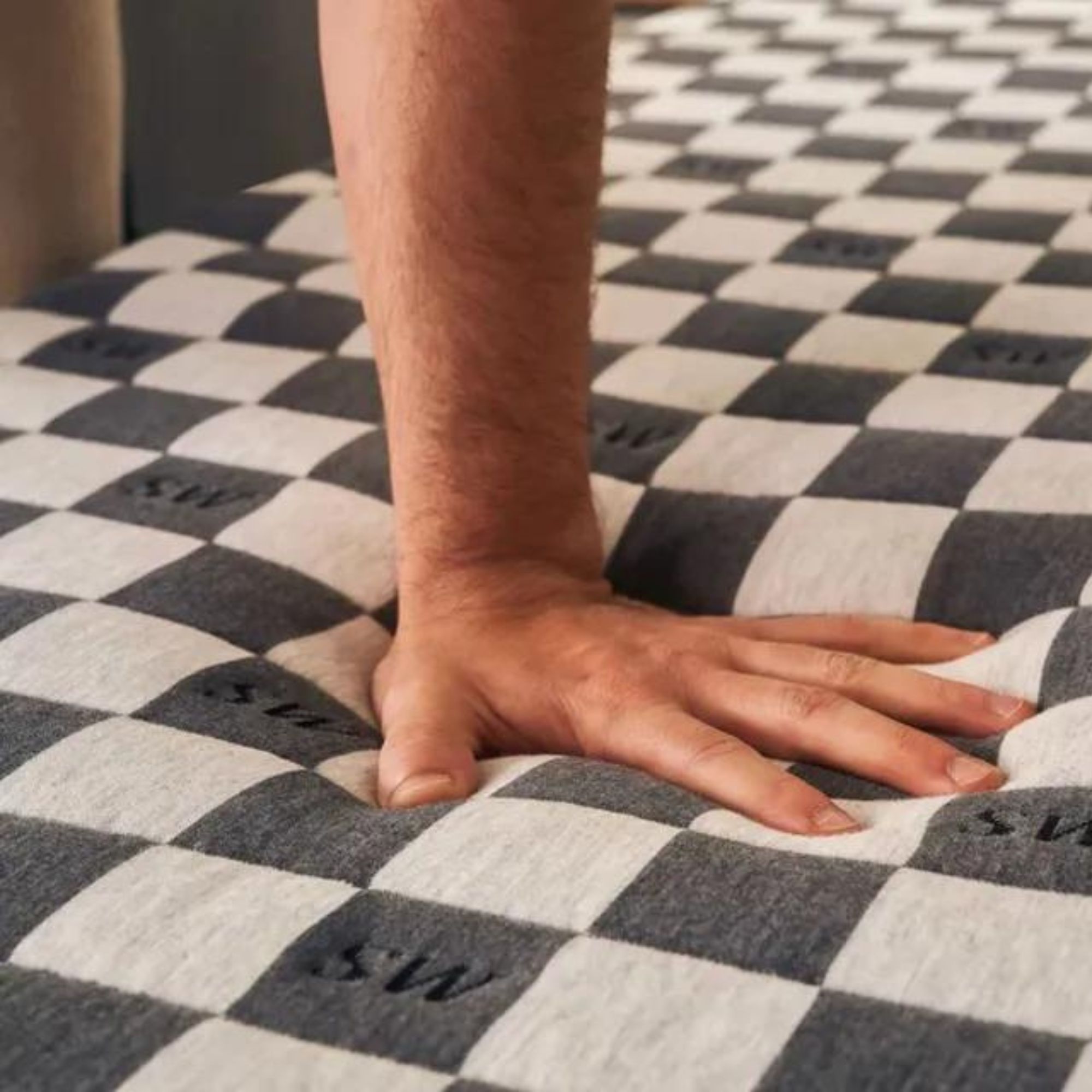
Comfort and support go hand-in-hand. Above, I've outlined how we test for comfort; no mattress is comfortable if it doesn't provide excellent support, but let me break it down a little more here.
Different mattress types offer different kinds of support. A memory foam mattress feels soft and squishy, but it's supported by a high-density foam core. It's perfect for pressure relief and offers excellent motion isolation, but it might feel too soft for stomach sleepers.
An innerspring mattress is lined with supportive steel coils to bear your weight. That's good news for stomach sleepers, who don't want to sink in, but it might feel a little unforgiving to back and side sleepers. A hybrid mattress combines the plush comfort of memory foam with the airflow and support of an innerspring. That's why it's a great choice for couples who share a bed, but not a sleep style.
Those are the three most common mattress types, but there are more on the market.
A latex mattress is springy and responsive, an ideal option for stomach sleepers and eco-conscious shoppers. A wool mattress, such as the Woolroom Hebridean 3000 Mattress, is another organic option that might feel more forgiving for back and side sleepers.
Again, the only way my mattress testers can assess support is to lie on the mattress and see how it feels. So far, so unscientific, but I promise that sleeping on mattresses (hence sleep trials) designed for your dominant sleep position is the only way to truly test if a mattress is properly supportive and therefore comfortable, and that is what my mattress testers, with their years of experience, are able to judge pretty faultlessly.
Breathability and Cooling Properties
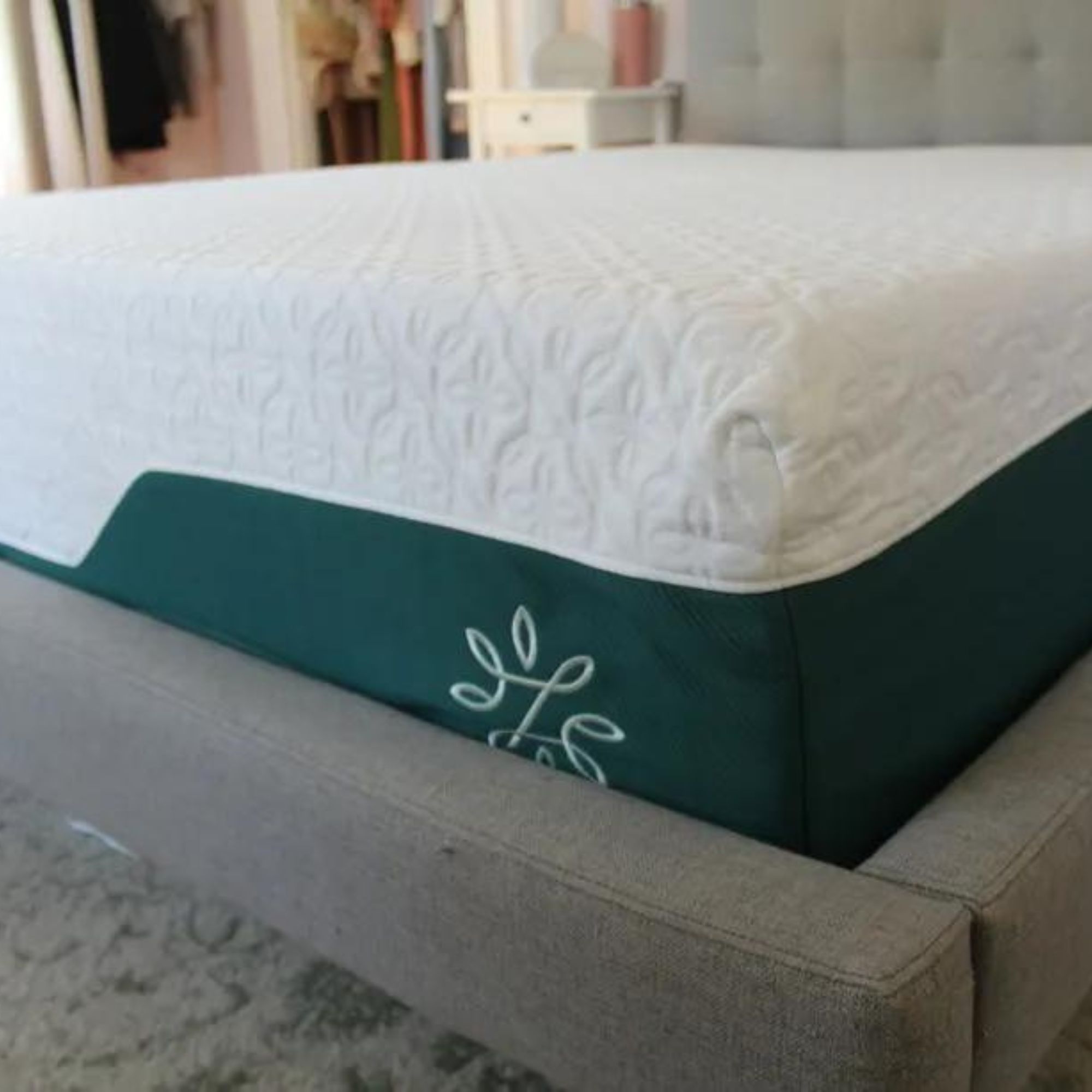
If you suffer from night sweats or hot flashes, or you simply tend to run a little warm, then you'll appreciate the importance of a 'cooling mattress' (as they're often marketed). To demystify this term, thermo-regulation can be judged fairly reliably via mattress construction.
Innerspring mattresses sleep coolest: the compression and depression of coils optimizes airflow through the mattress.
If you prefer to sleep on a hybrid, you can find cooling hybrid mattresses. Again, these rely on the compression and depression of those innerspring coils beneath the top foam layer to optimize airflow and boost breathability, though in our experience, they are not as 'cooling' as innersprings-only.
Memory foam mattresses are more likely to trap heat, but you can buy cooling memory foam mattresses, too, although they're few and far between. Thick, dense memory foam tends to trap heat, but gel memory foam does a better job at heat dissipation. If you're shopping for a cooling memory foam mattress, keep an eye out for models with copper or graphite infusions.
I would always suggest a cooling mattress for seriously hot sleepers, as well as anyone who lives in a warmer climate, and that's how I assign mattresses marketed as 'cooling' to my mattress reviewers.
For example, our expert tester, Jaclyn Turner, sampled our highly-rated cooling mattress, the Tempur-Pedic ProAdapt (link goes to her review) in her 'heat bubble of a bedroom' in Atlanta, Georgia, but she never once woke up in a sweat. She attributes that to the SmartClimate Dual Cover System, which kept her cool and comfortable.
Alex Frost, one of our most prolific mattress testers, trialled the Saatva Latex Hybrid Mattress (again, the link goes to her review). Alex tends to sleep face down to the mattress so cooling properties are a must. She says, 'the Saatva Latex Hybrid Mattress is one of the best cooling mattresses on the market.'
Aside from that, I ask all my testers to assess whether the mattress they're testing is comfortable from a body temperature POV: do they sleep cooler on it, or do they wake up sweaty? We are careful to ensure our testers sleep with the same best quality bed sheets to ensure the results are not skewed by the bedlinen.
The 'quick' way to assess the cooling properties of a cooling mattress is to place your hand in the center of the bed. That's how you can tell whether a bed is really 'cool to the touch', or if that's just marketing jargon.
However, there's no substitution for sleeping on a mattress to test its thermo-regulation. Where comfort and support should stay consistent, at least for the first few years that you own a mattress, the breathability of a mattress can change throughout the seasons. You might find that a foam mattress is fine for fall and winter, but it sleeps too hot for spring and summer.
That's why we test mattresses over a longer period of time for thermo-regulation, and also why I always recommend you take advantage of a mattress sleep trial for at least 100 days, so that you can test your mattress for a few months before you commit to a final purchase,
By the way, thermo-regulation comes at a price, so if you're buying on a budget, and you can't justify the cost of a cooling mattress, then I would recommend one of the best cooling mattress protectors or the best cooling mattress toppers and pads, instead.
Motion Isolation

This is where it starts to get interesting. To test the motion isolation of a mattress, we fill a glass with water and set it in the center of the bed. Then, we apply pressure around it. That could look like anything from jumping up and down around the glass (see above!) to tossing and turning on the bed beside it.
The more the cup moves, and the more water spills, the worse the motion isolation of a mattress.
We also then note motion isolation during our mattress testing periods. Just as we'd never bother to write up the review of a truly uncomfortable or sweaty mattress, we wouldn't recommend a mattress with poor motion isolation.
And those listed as having passable motion isolation won't suit a light sleeper or anyone who shares a bed with a pet or partner: you'll feel it every time they roll around in their sleep.
By the way, if this is important to you, memory foam mattresses tend to have better motion isolation, since foam is designed to absorb movement and bear weight. We would expect a hybrid mattress to have slightly poorer motion isolation, and an innerspring to score lowest in the motion isolation test: all those coils create more bounce.
However, that doesn't mean that a good quality innerspring has poor motion isolation; it might just not rate as highly as a good quality memory foam. This is all made clear in our individual reviews.
Edge support
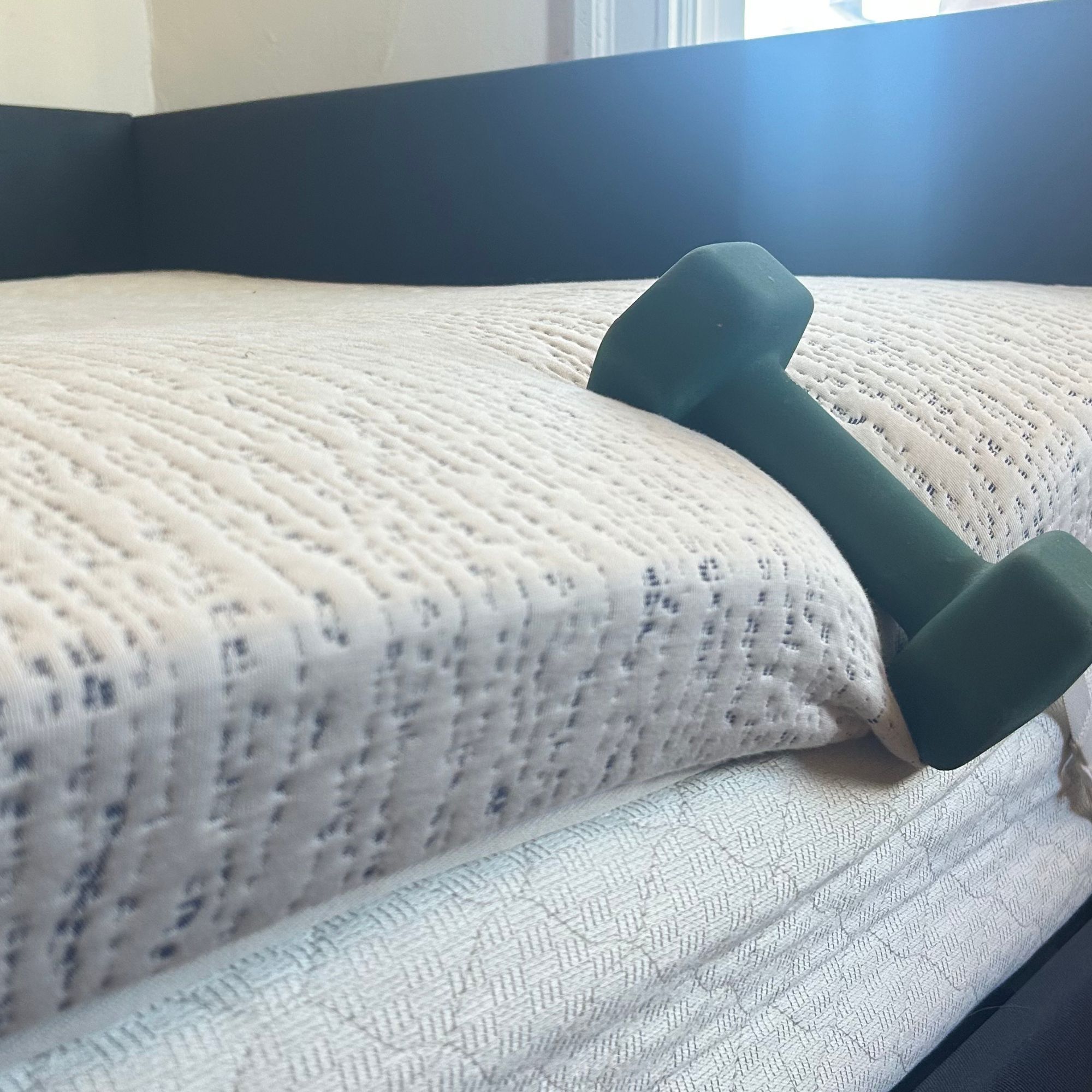
If you sleep on the side of the bed, then you'll understand the importance of good edge support. Any mattress worth its salt is solid in the center, but a few get floppy around the edges. If you can't sleep comfortably, or even sit on the edge of the bed to tie your sneakers, without threatening to fall off the bed, your current mattress has poor edge support, and that's not a problem you want to repeat in your new mattress.
To test the edge support of a mattress, we take that glass filled with water and move it to the side of the bed. Again, we apply pressure around it: some of our testers like to use weights, while others just use their hands. The stiller the glass, and the less water spilled, the better the edge support.
Then, as ever, we sleep on the mattress for at least 30 nights and note any issues with edge support, and report them in our reviews.
Weight Bearing
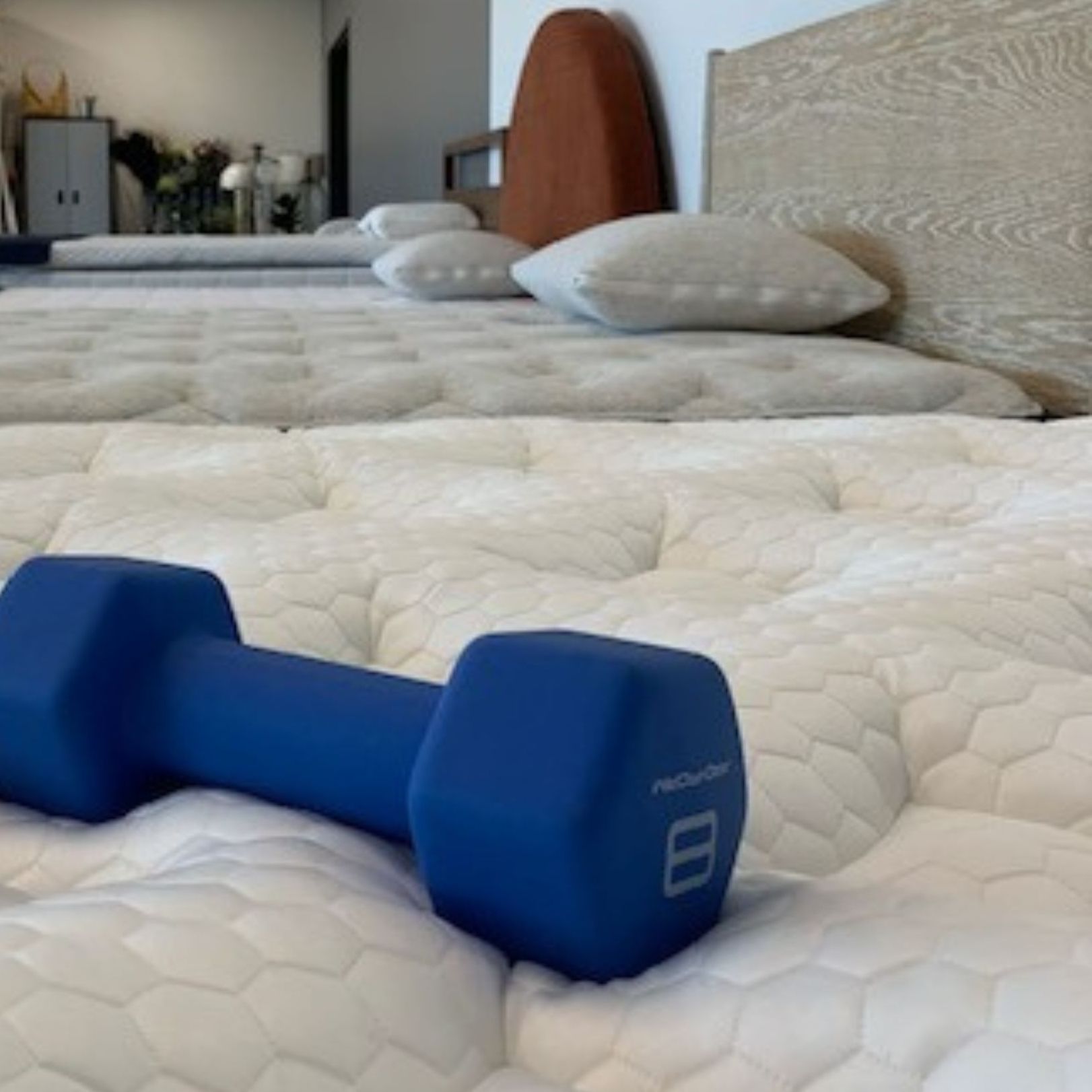
I like to think of the weight-bearing test as the scientific counterpart to our comfort check. A good mattress should support your body weight evenly, no matter how much you move in the night, and then return to its original shape without sagging.
To assess this, we use a standard dumbbell – the sort you'd find in any home gym – and place it in the center of the mattress. We record how far the weight sinks and how quickly the surface recovers once it’s removed.
This gives us a measurable way to compare support levels and resilience across mattress types. A slower rebound can suggest softer foams or potential long-term impressions, while a faster recovery indicates stronger structure and better durability.
For example, when I used to sleep on a full-foam mattress, I’d often see the outline of my body after I got up – a tell tale sign of deep contouring but limited elasticity. Hybrids and innersprings, by contrast, tend to perform better in our test, with coils that push back to maintain shape and support night after night.
And, of course, we match the weight test to our own 30-night minimum sleep trial, noting any anomalies in each mattress' rebound.
Practical Points
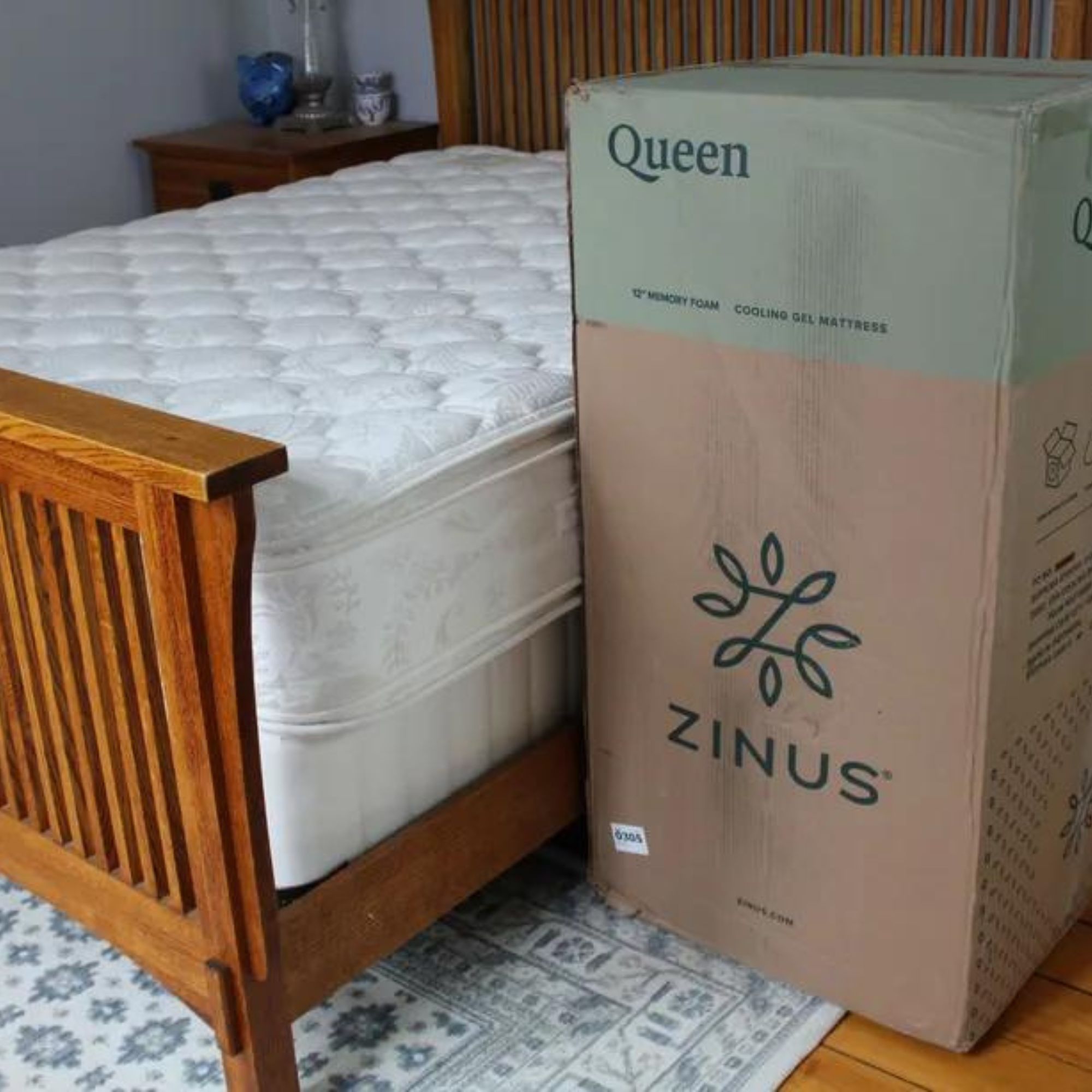
Almost every one of the beds we test is delivered to the door of an expert tester. Sometimes, we visit mattress showrooms to sample one bed after another, but the best way to test a mattress is to sleep on it, and we prefer to do that in our own homes.
But it's not just about the sleep experience.
We also record and assess the ease of the online delivery system for each mattress: whether there's an option for white-glove delivery, as well as the packaging details. If we're testing a box mattress, we time how long it takes for the mattress to inflate and any unpleasant odors from mattress off-gassing to dissipate.
Price
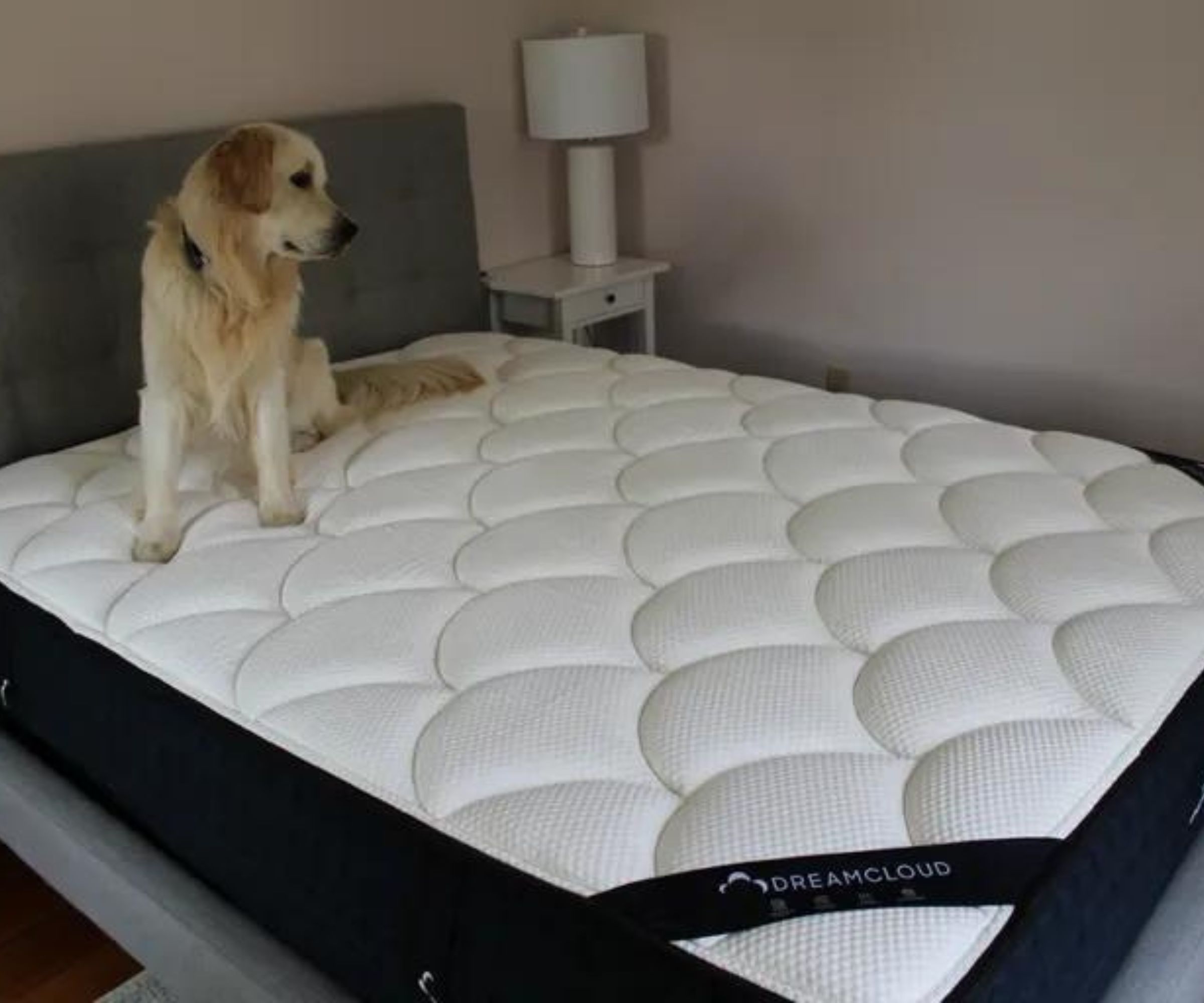
At the end of each review, we consider all our findings and compare them against the price of the product. The best affordable mattress could cost several thousand dollars less than the best luxury mattress.
For a good price, we will be inclined to be a little more forgiving of a few minor faults in motion isolation, edge support, and the like. However, we will always highlight these weaknesses in our mattress reviews to allow you to judge whether what you can afford will be good enough quality for you. And, to repeat, we only rarely call in mattresses that aren't good enough quality to write up. The brands and stores we call in from are tried-and-trusted by us, so it's rare for us to publish a review that's overly negative.
Meet The Team
Final thoughts
Only you know what you want and need in a mattress. If you're a hot sleeper, and you live alone, you might be more concerned with cooling properties than motion isolation. Take a beat to consider your sleep needs before you buy.







